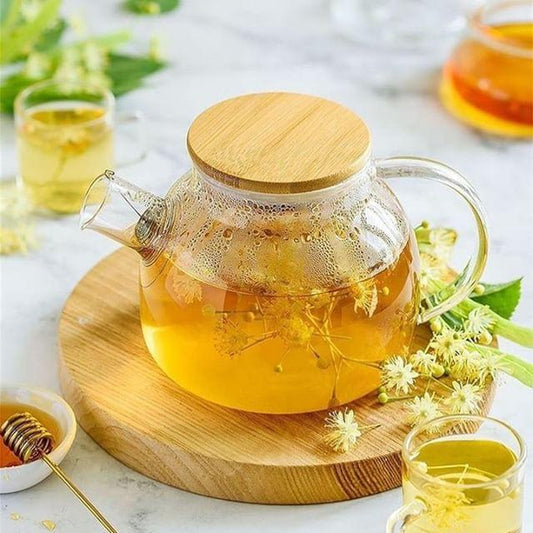Exploring Ancient Grains: Nutritious Alternatives to Common Staples

Ancient grains, a group of nutrient-dense grains that have remained largely unchanged over thousands of years, are making a modern comeback. These grains are not only rich in flavor but also packed with nutrients, offering a wholesome alternative to common staples like rice, wheat, and corn. Let’s explore what makes ancient grains special, their health benefits, and how to incorporate them into your meals.
What Are Ancient Grains?
Ancient grains refer to grains and seeds that have been cultivated for centuries, often with minimal genetic modification. Unlike modern wheat, which has been bred for higher yields and gluten content, ancient grains remain close to their original form. Common examples include:
- Quinoa: A versatile, protein-packed seed often mistaken for a grain.
- Farro: A nutty, chewy grain used in Italian cuisine.
- Teff: A tiny, nutrient-dense grain native to Ethiopia.
- Amaranth: A pseudo-grain known for its slightly sweet flavor.
- Millet: A mild, gluten-free grain that cooks quickly.
- Spelt: An ancient relative of modern wheat with a mild, nutty flavor.
- Barley: A chewy grain rich in fiber, often used in soups and stews.
Health Benefits of Ancient Grains
Ancient grains offer a range of health benefits, making them a valuable addition to any diet:
- Rich in Nutrients: They are often higher in protein, fiber, vitamins, and minerals than refined grains.
- Gluten-Free Options: Many ancient grains, such as quinoa, amaranth, and millet, are naturally gluten-free, making them ideal for those with celiac disease or gluten sensitivities.
- Low Glycemic Index: Ancient grains are digested slowly, helping maintain steady blood sugar levels and reducing the risk of energy crashes.
- Heart Health: The fiber content in ancient grains supports heart health by reducing cholesterol and promoting healthy digestion.
- Sustainability: These grains often require fewer resources to grow and are more resilient to harsh climates, making them an environmentally friendly choice.
How to Cook Ancient Grains
Ancient grains are easy to prepare and versatile in the kitchen. Here’s a basic guide:
- Quinoa: Rinse thoroughly to remove bitterness. Use a 2:1 water-to-grain ratio and simmer for 15 minutes.
- Farro: Soak for 30 minutes, then boil for 20–40 minutes until tender.
- Teff: Cook with 3 parts water to 1 part grain, simmering for 15–20 minutes to create a creamy consistency.
- Amaranth: Use 2.5 cups of water per cup of amaranth, and cook for 20 minutes.
- Millet: Toast dry grains in a pan before adding water (2:1 ratio) and simmering for 15 minutes.
- Spelt: Soak overnight, then boil for 45–60 minutes.
- Barley: Rinse and cook in boiling water for 30–40 minutes.
Delicious Recipes Using Ancient Grains
1. Quinoa Salad with Vegetables and Lemon Dressing
- Ingredients: Cooked quinoa, diced cucumbers, cherry tomatoes, red onion, parsley, olive oil, lemon juice, salt, and pepper.
- Instructions: Toss all ingredients in a bowl for a refreshing, protein-packed salad.
2. Farro Risotto with Mushrooms
- Ingredients: Farro, mushrooms, garlic, vegetable broth, Parmesan cheese, olive oil, salt, and pepper.
- Instructions: Cook farro in broth, stirring often, and sauté mushrooms with garlic. Combine and top with Parmesan.
3. Teff Pancakes
- Ingredients: Teff flour, milk (or plant-based milk), eggs, baking powder, sugar, and vanilla extract.
- Instructions: Mix ingredients into a batter and cook on a hot griddle for fluffy, nutrient-rich pancakes.
4. Millet Stir-Fry
- Ingredients: Cooked millet, mixed vegetables, soy sauce, sesame oil, and garlic.
- Instructions: Sauté garlic and vegetables, add cooked millet, and stir in soy sauce and sesame oil.
5. Barley and Lentil Soup
- Ingredients: Barley, lentils, carrots, celery, onions, vegetable broth, and spices.
- Instructions: Simmer all ingredients together for a hearty and comforting soup.
Incorporating Ancient Grains into Your Diet
Here are some simple ways to include ancient grains in your meals:
- Swap Rice for Quinoa: Use quinoa as a base for stir-fries, burrito bowls, or side dishes.
- Use Farro in Salads: Add cooked farro to leafy greens, roasted vegetables, and vinaigrette.
- Replace Oats with Amaranth or Millet: Create warm breakfast porridge with these grains, topped with fruit and nuts.
- Make Spelt Bread: Use spelt flour for baking bread or muffins with a nutty flavor.
- Add Teff to Soups: Sprinkle teff into soups for extra thickness and nutrients.
Final Thoughts
Ancient grains are a delicious and nutritious way to diversify your diet, offering unique flavors and health benefits. Whether you’re trying quinoa for the first time or experimenting with teff pancakes, these grains add depth to your meals and support a healthier lifestyle. Embrace the past while enhancing your present with the rich legacy of ancient grains!
Share:





